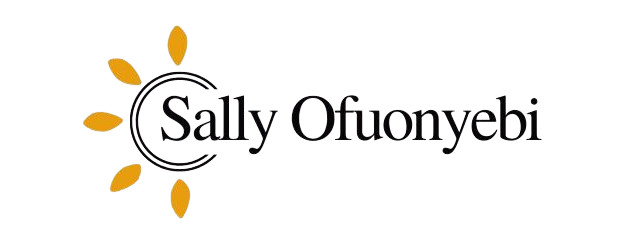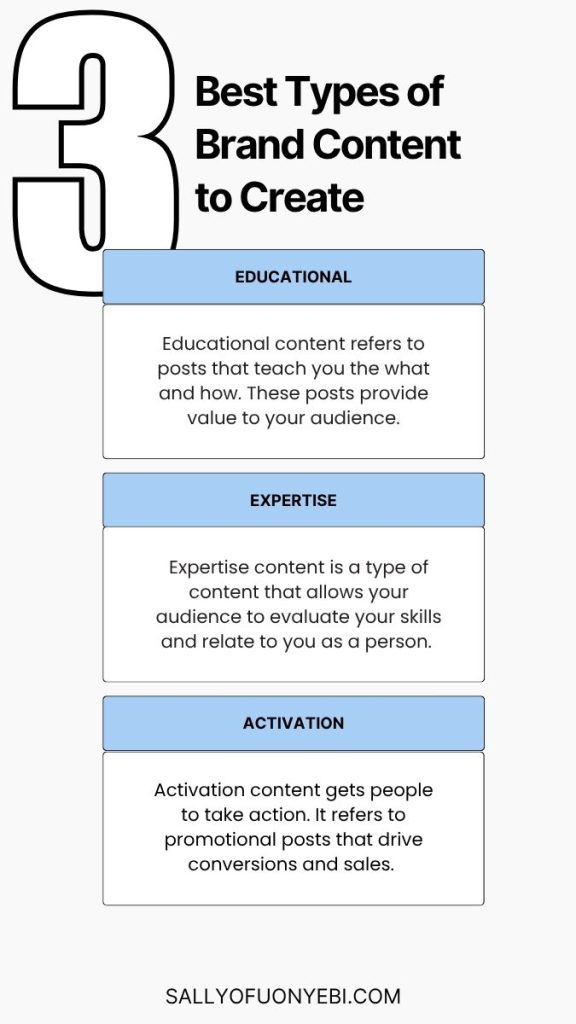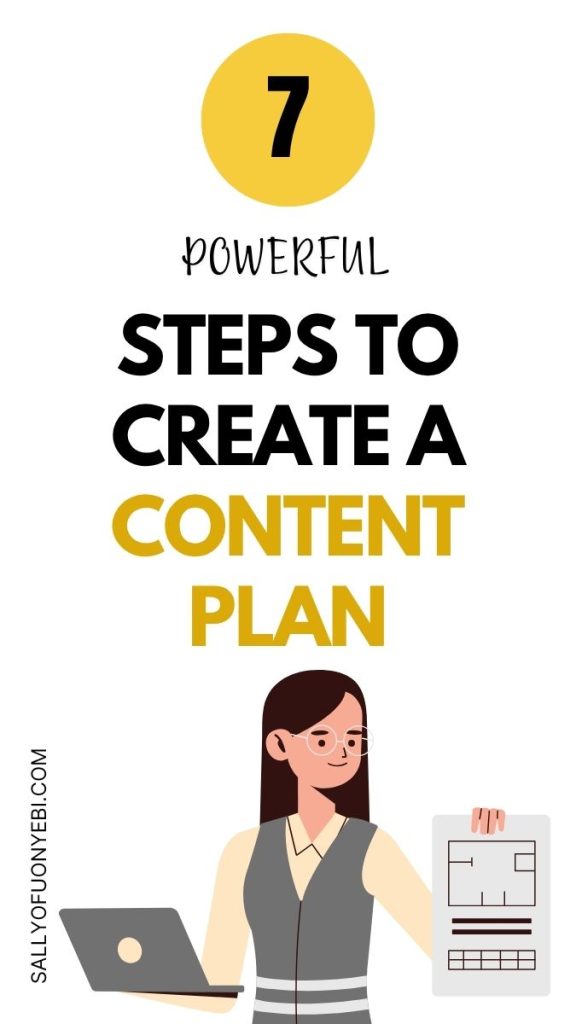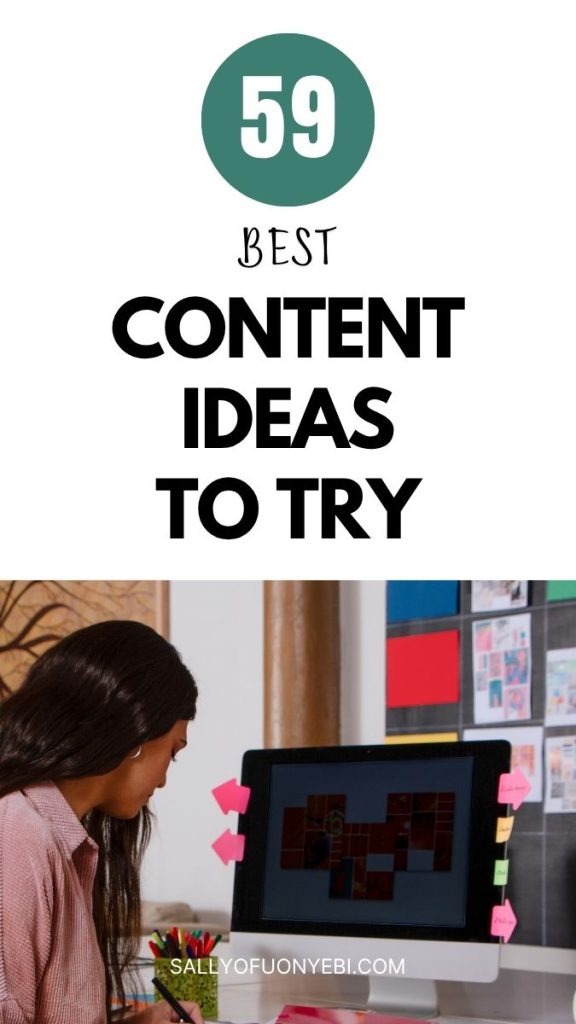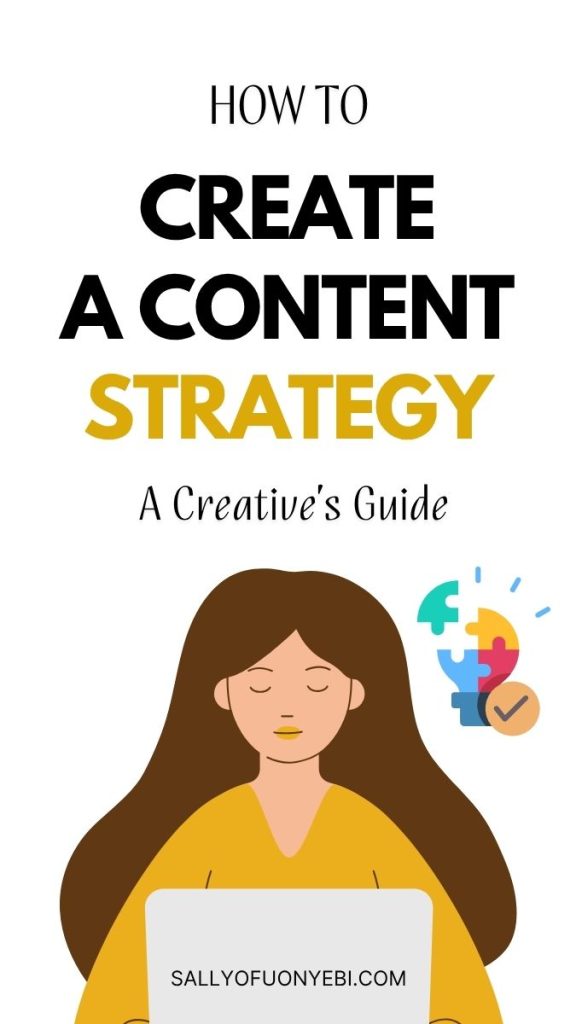How to Create a Content Strategy: 59 Best Ideas

Searching for the best content strategy for your business? Look no further.
If you want to build a business that thrives, you need to create content that sets you apart from others in your industry.
BUT how do you come up with what to write about?
I did some research recently and interviewed creative entrepreneurs. When I asked them what their biggest struggle was with content creation, guess what they said?
“Coming up with what to write about.”
So, if the thought of finding relevant content ideas for your creative business sounds daunting, this guide is for you.
What Is a Content Strategy?
A content strategy is a structured plan that guides how you create, distribute, and manage content across your platforms.
It ensures that every piece of content—whether it’s a blog post, email, social media caption, or video—has a defined purpose and aligns with your bigger business goals.
Instead of publishing content just for the sake of it, a content strategy helps you stay focused on what matters: reaching the right audience, delivering value, and moving people toward taking meaningful action.
At its core, a content strategy brings clarity. It answers questions like:
- What topics should I focus on?
- Where should I show up?
- How does this content support my goals?
It’s the difference between being busy with content and being strategic with it.
Types of Content for Brands
Before I get into the how-tos and the best content ideas for brands, let’s talk about the types of content you need to share.
As a business owner who wants to gain their audience’s trust, drive engagement, and maximize conversions, here are the three main types of content you need to share.
Educational Content
Educational content refers to posts that teach you the what and how. These posts provide value to your audience.
This type of content should be a mix of the following;
- Informative posts
- Inspirational content
- Entertaining posts
Educational content sparks conversations and creates a deep sense of community among your audience.
Expertise Content
Expertise content is a type of content that allows your audience to evaluate your skills and relate to you as a person.
It includes the following:
- Personal stories
- Brand and process content
- Client case studies
Personal stories revolve around your thoughts, experiences, and points of view. Your audience can feel connected to your vulnerability, personality, and journey.
Your audience gets to know more about your brand story, values, mission, target client, offers, process, and results.
Activation Content
Activation content refers to promotional posts that drive conversions and sales.
These posts capture interest, communicate the value of your products or services, and get people to take action.
- Client testimonials
- Sales posts
- Product walkthrough
When sharing this type of content, ensure it’s clear, and provides a strong call-to-action for your audience.
How to Create a Content Strategy for Your Brand
Lately, the concept of content marketing has become more complicated than ever, and this makes you wonder, “What actually goes into building a content strategy for coaches?”
There are seven core steps to building a winning content strategy.
1. Set Goals for Your Content
I tell my clients to always start with the end in mind. Now, I’m telling you too.
Before you get into content planning, define your objectives.
If you don’t know why you’re doing something, what’s the point of doing it anyway? Instead of randomly creating content, having set goals allows you to connect and get conversions.
Ask yourself these questions:
- What do I aim to achieve by creating content? Brand awareness? More inquiries? Email sign-ups? (Note that sometimes, your objectives change with the seasons.)
- How can you use content to achieve these goals? Creating gated content? Sharing opinionated posts? Inviting expert thoughts into your posts?
- What type of content will be perfect to achieve these goals? I advise you to use the three above (educational, expertise, and activation content).
Once you have a clear picture of your content goals, you can begin to develop a strategy that aligns with your target clients.
For example, as a service-based pro, your goal might be: “Create content that helps me book five new 1:1 clients by the end of the quarter.” That clarity keeps you focused on creating content that leads somewhere, like promoting your freebie or client case studies.
2. Perform Niche-Specific Research
When creating a content strategy, it’s necessary to understand your ideal client.
- Who are they?
- What are their challenges and pain points?
- What are their desires?
- Where are they spending their time?
Conduct thorough research to create an ideal client persona that represents your target buyers.
Then, perform keyword research to know the questions they are asking and what content resonates with them. Use search insight tools like Google Trends, Answer the Public, Pinterest Trends, or even social media polls and search features to tap into questions they’re asking.
This knowledge will help you tailor your content to their needs, making it more engaging and valuable.
For example, a mom coach might notice that “capsule wardrobes for busy moms” is trending on Pinterest. That insight could spark blog posts and maybe a lead magnet.
3. Choose Your Content Pillars
Next, choose what content pillars you want to focus on.
Content pillars, also known as content themes, are the overarching topics for a set of posts.
As a coach, you should have definitive pillars for your content so your posts align with your audience and offers.
These pillars will be the foundation of your content plan, whether you’re starting a business blog, launching a podcast, or sharing social media content.
Examples of content pillars for a fitness expert include workouts, nutrition, and mindset.
4. Plan Your Content
It’s time to start planning and creating content. And for this, you need two things…
- Content bank/Ideas folder
- Content calendar
Firstly, create a content bank that allows you to dump your ideas and inspirations you see online for future use. This way, you never run out of content ideas.
Secondly, you need a content calendar.
A content calendar allows you to organize topics, prioritize important dates, and stay consistent with your publishing schedule. Get the template.
Decide the channels you want to distribute your content on. However, ensure that they are places where your ideal clients hang out.
- Are they more active on Instagram than on other social channels?
- Do they prefer podcasts or blog posts?
- Do they read emails?
Take note of these things and let them guide your content plan.
5. Share Valuable Tips
As cliché as that statement might sound, it’s frickin’ important.
Sharing valuable content means becoming a trusted resource for your audience. Their go-to destination.
Here’s how to make it happen:
Create content that matters to THEM. Your posts should solve a problem, shift a mindset, or inspire action.
And mix up your post formats to maximize your content reach. Not everyone learns the same way, so share content in a variety of formats—blog posts, infographics, or videos—to reinforce your points.
6. Build a Funnel System
Many people rarely talk about this when planning their content strategy.
But really, your content should guide people somewhere. Your posts should be like breadcrumbs that guide people to your offer.
With a full-funnel system, you can channel the traffic you get to ensure your marketing efforts don’t go to waste and nurture them into paying customers of your business.
For example, someone finds your blog post on “How to Plan a Productive Business.” Inside that post, they see a lead magnet: “Business Reset Workbook.” They download it → get nurtured through your email sequence → eventually book a discovery call or purchase a digital product.
This is your funnel in motion. Content pulls them in, your funnel moves them forward.
7. Measure and Adjust Your Strategy
The analytics part of your content strategy is just as vital as the setup.
You need to know what’s working because what gets measured gets improved.
So, ask yourself these questions:
- How are people discovering your content?
- What content drives the most traffic?
- What’s getting saved or shared?
- Where are people dropping off in your funnel?
- Are your lead magnets converting?
- Are readers taking the actions you want them to?
Keep an eye on key performance indicators (KPIs) like link clicks, engagement rates, website traffic, audience growth, and email open rates.
These metrics don’t just show what’s working, they help you pinpoint your top-performing content, spot trends, and uncover new growth opportunities you might’ve missed.
59 Best Content Ideas for Brands
Looking for fresh content ideas to keep your audience engaged and hyped about your business? Here’s a list of 59 content for creative business owners:
Content Ideas for Blog Posts
Here are 17 blog content ideas for your website:
- Share your personal journey into coaching
- Debunk common myths in your coaching niche
- Create a beginner’s guide to your coaching specialty
- Discuss the biggest mistakes you see clients make
- Write about the top books that shaped your coaching philosophy
- Explain the differences between coaching, mentoring, and consulting
- Outline the key principles of your coaching methodology
- Share case studies of successful client transformations
- Explore industry trends and their impact on your clients
- Write a comprehensive guide on goal-setting techniques
- Discuss how to overcome common obstacles in personal growth
- Create a FAQ post addressing common client questions
- Share your predictions for the future of your coaching niche
- Write about the importance of self-care for achieving goals
- Explore the connection between mindset and success
- Provide tips for maintaining motivation during challenging times
- Create a roundup of industry statistics
Social Media Content Ideas
Here are 23 social media content ideas for brands
- Share a quick daily tip or hack related to your expertise
- Post an inspiring quote with your personal interpretation
- Talk about your brand story—founder(s), team, and evolution over time
- Shine the success story spotlight on a client
- Create a “question of the day” to engage your audience
- Share a behind-the-scenes glimpse of your coaching process
- Post the before-and-after of your client transformations
- Create mini-infographics with key statistics in your field
- Share short video tutorials on specific techniques
- Post client testimonials or success stories
- Create polls to gather audience opinions on relevant topics
- Share “did you know” facts related to your coaching area
- Post motivational Monday messages to kick-start the week
- Create carousel posts with step-by-step guides
- Share your favorite productivity apps or tools
- Post “myth vs. fact” graphics about common misconceptions
- Create “day in the life” stories or reels
- Share book or podcast recommendations with brief reviews
- Post about upcoming events or workshops you’re hosting
- Create “fill in the blank” posts to boost engagement
- Share relevant industry news with your take on it
- Post “throwback Thursday” content about your coaching journey
- Offer a free, downloadable worksheet or template
Content Ideas for Newsletter
Here are 19 email content ideas for coaches and creatives
- Provide a monthly roundup of your best blog posts and social media content
- Share exclusive tips or strategies not found on your public platforms
- Offer a deep dive into a specific coaching concept or technique
- Feature one of your clients, telling their transformation story
- Share personal reflections on your own growth and learning
- Provide a curated list of resources (articles, podcasts, videos) on a specific topic
- Offer a behind-the-scenes look at your business or upcoming projects
- Create a “challenge of the month” for subscribers to participate in
- Share excerpts from your coaching sessions
- Provide a Q&A section answering subscriber questions
- Offer exclusive discounts or early access to new programs
- Share your favorite inspirational quotes and why they resonate with you
- Provide a monthly theme with related tips and exercises
- Address common client struggles
- Share your personal goal-setting process and progress updates
- Provide a “tool of the month” featuring a useful resource for personal growth
- Create a “from the archives” section highlighting older, valuable content
- Share your thoughts on recent industry events or conferences
- Offer a self-reflection exercise for subscribers
Done-for-You Content for Creative Businesses
If content creation still sounds like a whole lot, there’s a quick and easy way to get it done for you, so you can focus on other parts of your business.
My content subscription package helps you improve your reach and conversions through growth-focused blog and email content.
This retainer is your solution to consistent, high-quality content that grows your audience base and fills your lead pipeline. It is strategy, SEO, blogging, and email marketing wrapped into one sweet solution.
Create Your Content Strategy
Building a content strategy may seem complex and overwhelming at first. However, with the steps highlighted above, you can create conversion-led content for your coaching business.
Keep in mind that you need patience and consistency to see results from content.
Grab my Content Calendar Template—designed for creators, bloggers, and business owners who want a bird’s eye view of their strategy.
Want to DIY your content, but want an effective strategy mapped out for your brand? custom content strategy for your business, book an intensive.
